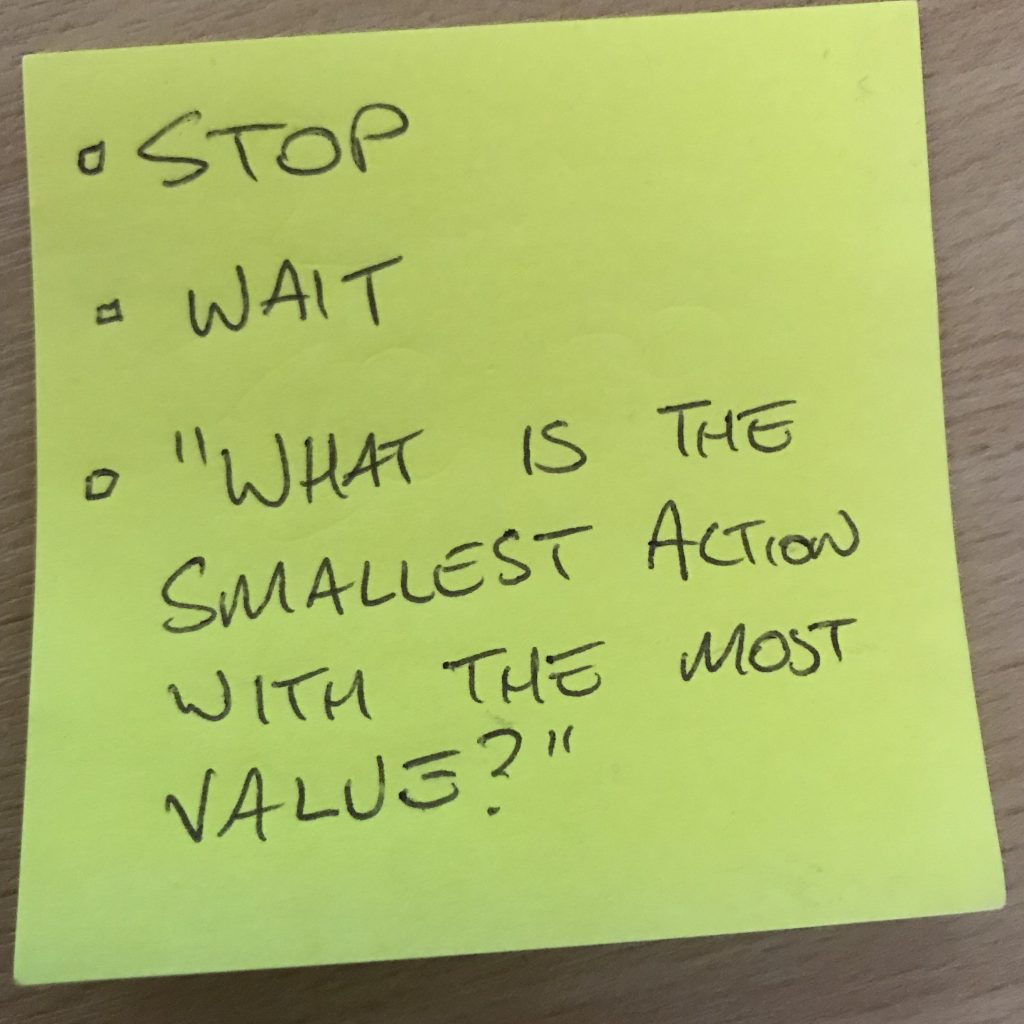Vragen Scrum Quiz
- Welk nieuw element in de Scrumguide 2020 is toegevoegd als verantwoordelijkheid van de Product Owner?
- Product Vision
- Purpose
- Product Goal
- Performance metrics
- Eén van de verantwoordelijkheden binnen Scrum is anders genoemd in de Scrum Guide 2020, welke?
- Het Development team vervalt en hier komen Developers voor in de plaats
- De Product Owner vervalt en wordt nu Value Maximizer genoemd
- De Scrum Master vervalt en hier komt Facilitation Expert voor terug
- De projectleider krijgt als nieuwe rol meer body in de Scrum Guide 2020
- In volgorde van tijd, maak een jaarlijn van wanneer de verschillende onderwerpen zijn ontstaan:
- Scrum, SAFe, Agile Manifest
- Agile Manifest, SAFe, Scrum
- Agile Manifest, Scrum, SAFe
- Scrum, Agile Manifest, SAFe
- Welk artefact hoort bij het Increment?
- Sprint Goal
- Definition of Done
- Sprint Backlog
- Review
- Wat waren de founding fathers van de Scrum guide Jeff Sutherland en Ken Schwaber van elkaar?
- Neven
- Vakgenoten
- Oud- collega’s
- Prijswinnaars
- Waar komt de term Scrum vandaan?
- American Football
- Schaken
- Basketball
- Rugby
- Tijdens de Sprint Planning wordt in de Scrum Guide 2020 nadruk gelegd op:
- Het ‘waarom’ van een Sprint
- ‘wat’ gaan we doen deze Sprint
- ‘hoe’ pakken we werk aan deze Sprint
- Alle bovenstaande
- Welke commitment behoort bij de Sprint Backlog?
- Developers
- Daily Scrum
- Sprint Goal
- User Stories
- Wat is het aantal wereldwijd behaalde Scrum.org certificeringen in januari 2021?
- 100.000
- 250.000
- 500.000
- 1.000.000
- Welke Scrum.org certificering is het meest behaald?
- PSM1 (Scrum Master)
- PSPO1 (Product Owner)
- PSK1 (Kanban)
- PAL1 (Leadership)
- Wat zijn de 5 Scrum values?
- Honesty, Focus, Respect, Fun, Courage
- Openness, Courage, Commitment, Fun, Focus
- Extraversion, Focus, Commitment, Openness, Integrity
- Openness, Focus, Commitment, Respect, Courage
- Hoe vaak per maand Googelt men “Scrum” in Nederland?
- 140x
- 1400x
- 14000x
- 140000x
Antwoorden
- Product Goal
- Het Development team vervalt en hier komen Developers voor in de plaats
- Scrum, Agile Manifest, SAFe,
- Definition of Done
- Vakgenoten
- Rugby
- Alle bovenstaande
- Sprint Goal
- 000
- PSM1
- Commitment, Focus, Openness, Respect, and Courage
- 14000x
Gekopieerd van: https://agilescrumgroup.nl/scrum-quiz/

